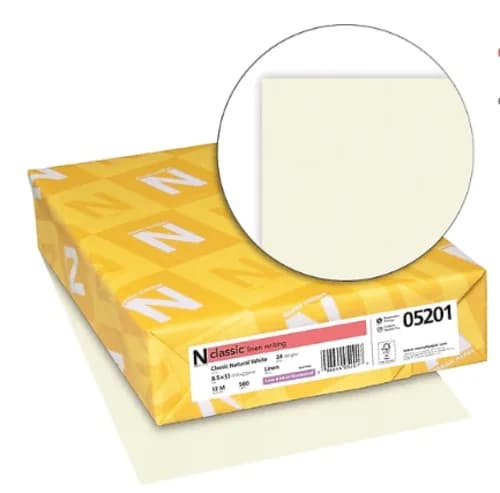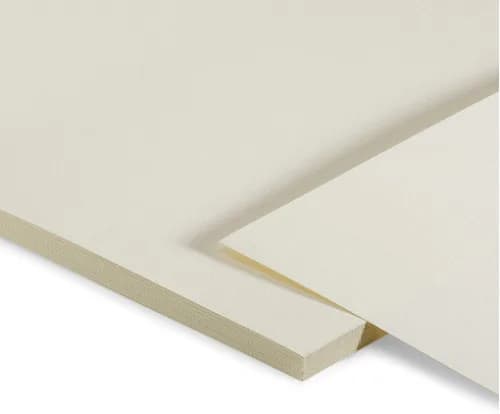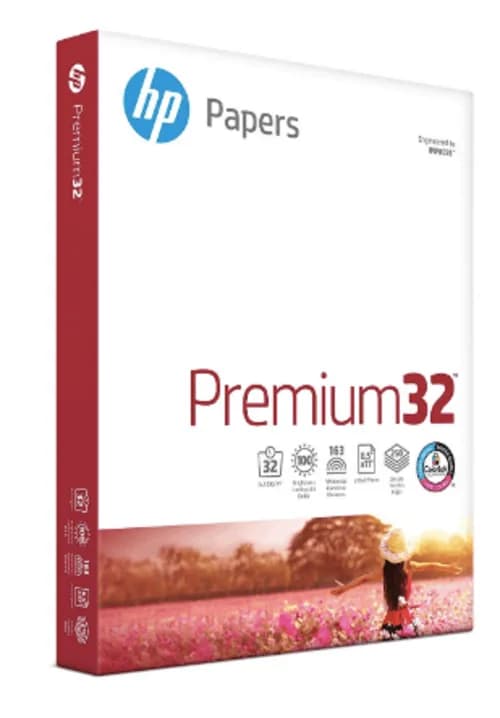What Resume Paper to Use and Where to Buy It
When you are perfecting your resume, you’re paying attention to the content first and foremost (what to include, where to put it, and how to express your accomplishments and experience), the layout, and even the font. But what about the paper?
Believe it or not, resume paper matters. While you may think most prospective employers will just accept your digital resume and call it a day, many still prefer to look at and mark up physical resumes when making their hiring decisions.
So, what kind of paper should you use to print your resume? And when do you need it? Here’s your rundown, including what options you have and where to buy them.
Why do you need resume paper?
It is true that you’ll be submitting your resume electronically in a majority of situations. However, there are at least two instances when you’ll need a physical copy of your resume, namely face-to-face job interviews and career fairs. It’s also not a bad idea to keep a copy on hand in other professional contexts, such as networking events.
The type of paper you use to print your resume says something about you. High-quality resume paper shows prospective employers, colleagues, and contacts that you go the extra mile to give off a good impression and displays a higher level of professionalism than cheaper paper does. Standard copy paper, on the other hand, will not set you apart from the pack (the other applicants).
And, of course, you should never pass out a resume on wrinkled or creased paper. This shows laziness and poor attention to detail. You may want to keep your resumes in a folder to make sure they are neat and tidy.
What type of paper should I use to print my resume?
Most career guidance sources, including Cornell University’s College of Human Ecology Career Exploration Center, advise using 32-lb, cotton paper. This paper is durable and appears crisp and professional.
You’ll have some other choices, as we will describe in greater detail below, but this is a good basic starting point.
You don’t need to go anywhere special to find professional resume paper. For the most part, you can buy many different brands and types online or at an office supply store. (See below for our recommendations of what to buy and where to find it.)
Types of resume paper
There are a few factors to consider when choosing your resume paper, including weight, size, color, material, texture and finish, and watermark. Here is what each of these qualities means and the choices that are available to you.
Weight
The weight you see on a package of paper refers to the weight of a standard 500-sheet ream of paper before it is cut. Standard copy paper is 20 lbs. For resume paper, you will want something a bit thicker and heavier, such as 24 lbs. or 32 lbs. Many sources recommend 32 lbs., as noted above, but anything a little more substantial and durable than your typical 20 lbs. will help you stand out.
Size
Use standard 8 ½ x 11-inch paper. There is no need to get fancy or creative with the size, and interviewers will prefer the standard size, since they will probably be putting your resume in a folder or with similar documents.
Color
While it’s possible to get creative with color and design, many recruiters and hiring managers prefer a formal layout on white paper. According to the study Impression making by résumé layout: Its impact on the probability of being shortlisted, a formal layout on white paper had the best response rate from participants, who consisted of professional recruiters and students, with 41% preferring this design over more creative resume presentations.
Material
Cotton is generally the preferred material for resume paper. Not only does it give your resume a professional look and feel, but it’s also more environmentally sustainable than your standard wood pulp paper.
Texture and Finish
Copy paper does not come in multiple textures, but there are more options for professional paper, including coated (glass, satin, dull, and matte) and uncoated (linen, wove, and laid). Linen will give your resume a professional appearance and offers a nice texture.
Watermark
Many types of professional paper have watermarks, logos that are subtle and more visible when examined against a light. This branding element is a personal choice; you may prefer to keep your resume free of branding from the paper company, although it does show that you’ve gone the extra mile to buy high-quality paper.
Do certain industries require different resume paper?
In general, there is no one industry that voices an obvious preference for one type of resume paper over another. Most professional jobs prefer clean layouts that use standard templates on high-quality paper.
One industry in which you might be able to get a little more creative is the visual arts sphere. If you work in graphic design, for instance, you might be able to get away with a more artistic resume, even experimenting with paper color and layout to showcase your own aesthetic. However, you should proceed with caution and try to get a sense of the how much the employer would welcome your creative leeway prior to an interview because even in a creative space, some hiring managers might still prefer the standard, professional look and feel.
4 Best Places to Buy Resume Paper
1. Southworth

This resume paper is 100% cotton and available in white, ivory, and gray. Buy it directly from the website or via Amazon.
2. Staples

Staples offers a variety of resume paper options, including the CLASSIC® Linen Writing Paper, with a linen finish pictured above.
3. Magnum Opus

This high-quality paper is available in white ivory and boasts a good thickness.
4. HP Premium32

HP’s presentation paper is one of your less expensive choices with a $9.99 list price ($6.80 on Amazon). At 32 lbs., it is the ideal weight for important documents like your resume.
You can find these and other options at online and physical stores such as Amazon, Office Depot, Target, Walmart, and more.
Don’t miss out on articles like these. Sign up!
Why women love us:
- Daily articles on career topics
- Jobs at companies dedicated to hiring more women
- Advice and support from an authentic community
- Events that help you level up in your career
- Free membership, always
